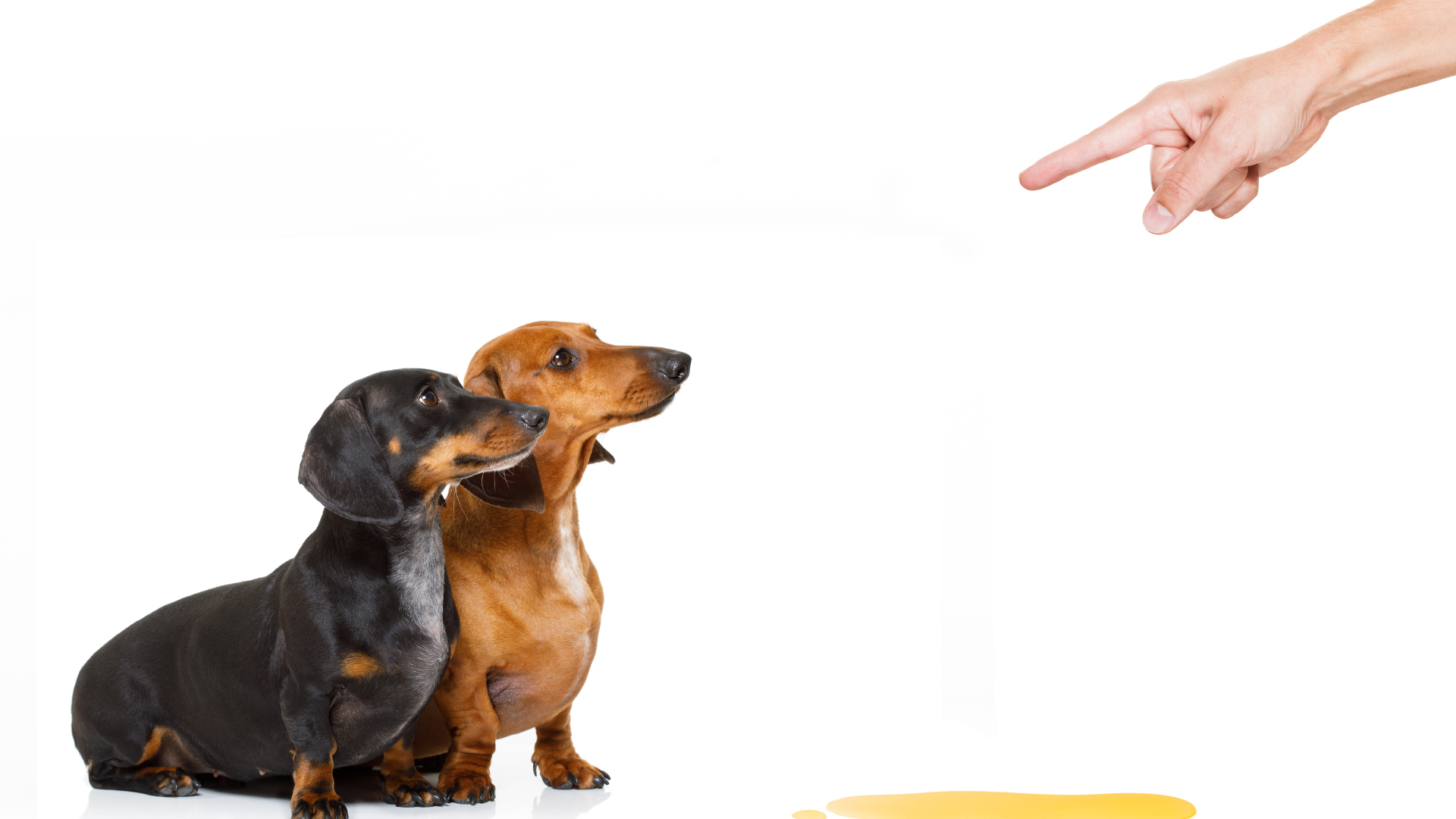The adventure of having a dog comes with numerous tasks and responsibilities. Training your canine friend is paramount, with one of the crucial lessons being to teach them where to “go” — no one wants unpleasant surprises in their living room. Using potty grass, real or synthetic, is an effective method that can be employed indoors or outdoors, particularly beneficial for apartment dwellers or during inclement weather. Here, we’ll walk you through the steps on how to train your dog to use potty grass effectively.
Understanding Potty Grass
Firstly, let’s understand what potty grass is. The grass patch for dogs, available in real grass or synthetic variants, simulates the outdoor environment, providing your dog with a familiar spot to do their business. They’re available in different sizes and are highly portable, making them an ideal solution for high-rise apartment residents or individuals without immediate outdoor access.
1. Choosing the Right Potty Grass
Before you dive into training, choose the right potty grass that suits your and your pet’s needs. You can consider:
- Real grass patches: These offer a natural feel, smell, and texture that might make it easier for your dog to adapt. However, they need to be replaced regularly to maintain hygiene.
- Synthetic grass patches: These are easy to clean and more durable, but they may not appeal as much to dogs because they lack the natural smell.
2. Setting Up the Potty Grass
Once you’ve chosen the suitable dog grass pee pad, it’s time to set it up. Choose a place that is easily accessible to your dog yet not amidst high traffic areas. Remember, consistency is crucial during training, so don’t frequently change the location.
3. Acclimatizing Your Dog to the Potty Grass
To help your dog get used to the potty grass, introduce it during a time when they usually need to go. Mornings are a prime time. Allow your dog to explore the new object, smell it, and feel it under their paws.
4. Implementing a Regular Routine
Dogs thrive on routine, so set regular timings for potty breaks. These are generally after meals, naps, and playtime. Following a routine will help your dog understand when and where they’re expected to go.
5. Using Command Words
Start incorporating a command like “go potty” when your dog is on the potty grass. By consistently using this command, your dog will eventually associate the phrase with the action, making it easier for you to guide their bathroom habits.
6. Reinforcing Positive Behavior
Always remember to reinforce positive behavior with rewards. If your dog uses the potty grass, praise them enthusiastically or offer a treat. Dogs respond well to positive reinforcement, and this will encourage them to repeat the desired behavior.
7. Dealing with Accidents
Accidents will happen. When they do, avoid shouting or scolding. Instead, use this as an opportunity to guide your dog gently to the potty grass, reinforcing the idea of the right place to go.
8. Maintaining Cleanliness
Ensure to clean the potty grass regularly. A clean area encourages your dog to use it, whereas a dirty one might deter them, leading to accidents elsewhere.
Summary of Steps
- Choose the right potty grass: Decide between real or synthetic, considering factors such as ease of cleaning, replacement rate, and your dog’s preferences.
- Set up the potty grass: Position the grass in a consistent, accessible, and low-traffic area.
- Acclimatize your dog: Allow your dog to explore and familiarize themselves with the potty grass.
- Establish a routine: Implement consistent timings for potty breaks, such as after meals and naps.
- Use command words: Incorporate a phrase like “go potty” to associate the command with the action.
- Reinforce positive behavior: Reward your dog with praise or treats when they use the potty grass correctly.
- Handle accidents calmly: Guide your dog to the potty grass instead of reprimanding them, reinforcing the correct behavior.
- Maintain cleanliness: Regularly clean the potty grass to keep it inviting for your dog.
Training your dog to use potty grass effectively can take time and patience, but it’s well worth the effort. It not only eases your responsibilities but also provides your furry friend with a familiar, safe space to take care of their needs. Remember, each dog is unique, and what works for one might not work for another. Adjust these steps as per your dog’s comfort and responses, ensuring a positive and successful training experience.


